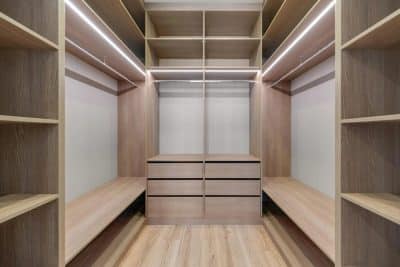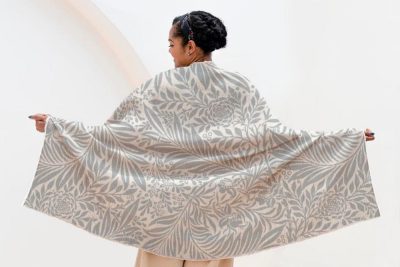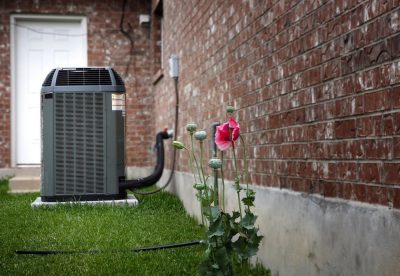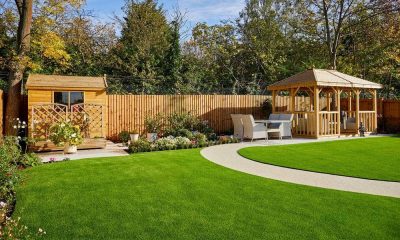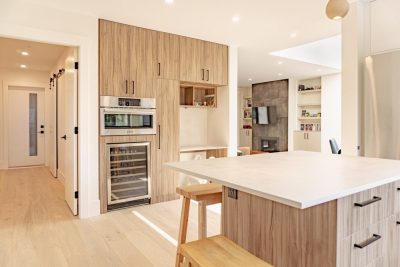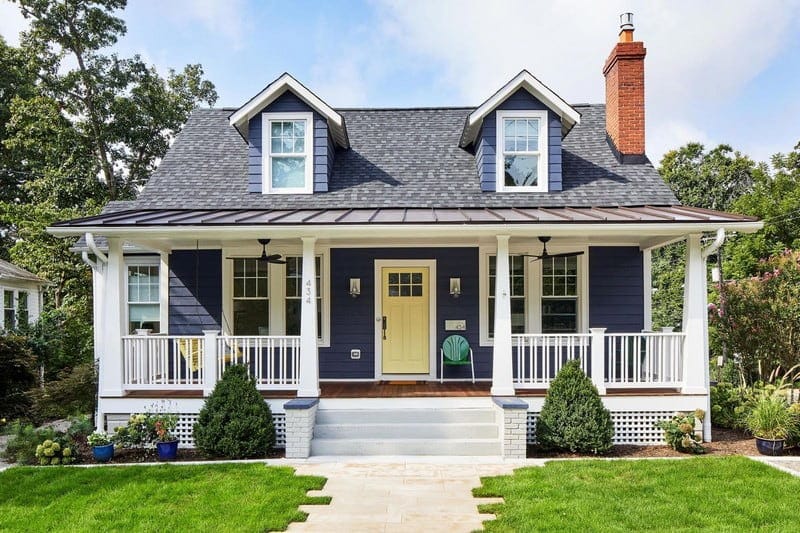
When it comes to selling a home, design is often the unspoken language that persuades buyers. Price, location, and condition matter, but the way a property looks and feels can significantly impact how much someone is willing to pay. Buyers often make decisions based as much on emotion as on logic, and the right design elements can elevate a property from “just another house” to “this is the one.”
Design doesn’t always mean full-scale renovations or luxury upgrades. More often, it’s about making thoughtful adjustments that create atmosphere, highlight strengths, and allow buyers to envision themselves in the space. A well-designed home feels move-in ready, and that readiness can translate into higher offers and faster sales.
The Power of First Impressions
First impressions begin long before buyers walk into the living room. The moment they drive up, they’re already forming opinions. A clean, welcoming exterior sets the tone. Fresh paint on the front door, tidy landscaping, and subtle exterior lighting are all small details that make a big difference. When the outside looks polished, buyers enter with positive expectations, and those expectations often influence how they view the interior.
Inside, first impressions matter just as much. Entryways are critical transitional spaces that introduce the style of the home. A clutter-free foyer with good lighting and a touch of décor makes buyers feel invited. It’s a subtle signal that the rest of the home will be just as cared for.
Light as a Design Multiplier
One of the simplest yet most effective design tricks is maximizing light. Natural light makes rooms look bigger, fresher, and more inviting. Heavy drapes can be swapped for sheer curtains, windows cleaned thoroughly, and mirrors positioned to reflect light and expand sightlines.
Artificial lighting also matters. Layered lighting ceiling fixtures, lamps, and accent lighting creates mood and functionality. A bright, airy living space feels more valuable than a dark, shadowed room, regardless of size. Buyers often can’t pinpoint why one home feels better than another, but lighting plays a significant role.
Color Choices That Elevate Perception
Paint remains one of the highest-return design investments for sellers. Neutral palettes continue to dominate because they appeal to the broadest audience, but neutral doesn’t have to mean boring. Warm grays, soft whites, and earthy tones create backdrops that feel modern and timeless.
Strategic use of accent walls or subtle contrasts adds depth without overwhelming. A dining room with a slightly darker tone or a bathroom with a spa-like palette can elevate perception without significant cost. Buyers interpret fresh, cohesive paint schemes as indicators of a well-maintained and updated home.
The Role of Texture and Materials
Design isn’t just about color it’s also about texture. Smooth, shiny finishes everywhere can feel cold, while layered textures create warmth and interest. Adding area rugs, woven baskets, or wood accents brings depth to spaces. In kitchens and bathrooms, finishes like stone, tile, and brushed metal suggest quality and durability, even if the updates are modest.
Texture helps buyers engage their senses, creating an emotional connection. A home that feels tactile and inviting often resonates more deeply, making buyers more willing to stretch their budget.
Furniture and Flow
Staging is another powerful design trick that influences perceived value. It’s not about filling rooms with expensive furniture but about arranging pieces in ways that highlight flow and functionality. Too much furniture makes rooms feel cramped, while too little can make them feel empty or awkward.
Thoughtful staging emphasizes sightlines, natural walkways, and focal points. A well-placed sofa that frames a fireplace or a dining table under a stylish light fixture shows buyers how the space works. These cues help them imagine their own lives unfolding in the home.
Highlighting Key Features
Every home has standout features whether it’s a fireplace, a bay window, or vaulted ceilings. Design choices should highlight rather than obscure them. Placing furniture to draw attention, adding accent lighting, or using color strategically ensures buyers notice what makes the home special.
Even less obvious features can be emphasized. A cozy reading nook, a built-in shelf, or a well-organized closet can be elevated through simple design choices. Buyers love discovering thoughtful touches that feel intentional.
Outdoor Spaces as Extensions of the Home
Outdoor living has become increasingly important to buyers. Patios, porches, and backyards are no longer afterthoughts; they’re considered extensions of the home. Small design upgrades like potted plants, outdoor seating, or string lights can turn a basic yard into a desirable retreat.
Buyers want to imagine entertaining, relaxing, or spending time with family outdoors. When exterior spaces feel functional and inviting, they add perceived square footage and boost overall value.
The Midpoint Between Design and Selling Strategy
While these design tricks elevate a property’s appeal, they’re most effective when paired with a smart selling approach. A beautifully staged home still needs visibility and a reliable path to closing. Many homeowners find success combining thoughtful design updates with trusted professionals like Hampstead, NC cash buyers. This balance ensures that the effort put into making a home more attractive translates directly into stronger offers and smoother transactions.
Psychology Behind Design
Design matters because it taps into psychology. Buyers may come with checklists, but their decisions often hinge on how a home makes them feel. Warm lighting, inviting colors, and thoughtful staging trigger emotions of comfort, aspiration, and pride. Those emotions often lead to faster, higher offers.
Conversely, poor design choices like mismatched colors, cluttered layouts, or dark spaces can create doubt. Even if the home has solid bones, buyers may undervalue it simply because it doesn’t present well. This disconnect highlights why design is such a powerful tool in real estate.
Investing Wisely in Design
The beauty of design tricks is that many are cost-effective. Fresh paint, better lighting, thoughtful staging, and small repairs are affordable compared to major renovations. Yet, they often deliver a disproportionately high return. Sellers don’t need to spend tens of thousands to see results, they just need to be intentional about the changes they make.
The goal isn’t to reinvent the home but to showcase it in the best possible light. A few well-chosen updates create the impression of care and modernity, which buyers are willing to pay for.
Final Thoughts
Homes don’t sell for more simply because of location or square footage they sell for more because buyers feel a connection. Design tricks create that connection by shaping atmosphere, highlighting strengths, and making spaces feel livable and aspirational.
From maximizing light and choosing the right colors to emphasizing flow, texture, and outdoor living, these strategies help homes stand out in any market. And when paired with the right selling approach, they don’t just attract buyers they inspire them to make stronger offers.
For sellers, design is more than decoration. It’s a strategy. And when used wisely, it can be the difference between an average sale and a truly profitable one.

